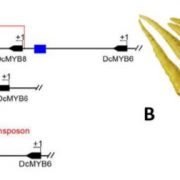
Purple is the New Orange: Anthocyanin Regulation Coming Together in Carrot
Plant Physiology, Plant Physiology: News and Views, ResearchWestern cultivated carrot (Daucus carota subsp. sativus L) is broadly known for its orange pigmentation and accumulation of carotenoids, known as the carotene group (var. sativus). However, the eastern wild carrot (subsp. carota) originating from southwestern Asia over a century ago provides purple pigmentation…
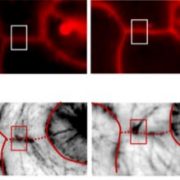
Seeing the Cell Wall in a New Light
Plant Physiology, Plant Physiology: News and Views, ResearchSidney L. Shaw
Dept. of Biology (and Physics), Indiana University, Bloomington, IN 47405
[email protected]
How cell expansion is controlled to achieve a specific cell morphology remains one of the frontier questions in plant biology. The carefully guided extension of the plant…
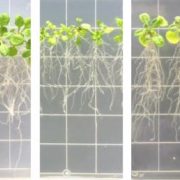
Buffering lipid synthesis by conditional inhibition
Plant Physiology, Plant Physiology: News and Views, ResearchAuthor:
Trevor H. Yeats, Email: [email protected]
Plant Breeding & Genetics Section, School of Integrative Plant Science, Cornell University, Ithaca NY USA
(Commentary on Liu et al.)
Lipid synthesis is a ubiquitous, but costly branch of primary metabolism in plants. All cells must make…
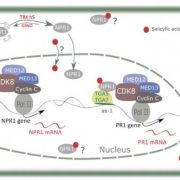
NPR1 has everything under control
Plant Physiology, Plant Physiology: News and Views, ResearchAmna Mhamdi
Ghent University, Department of Plant Biotechnology and Bioinformatics, and VIB Center for Plant Systems Biology, 9052 Ghent, Belgium
Address correspondence to [email protected]
NONEXPRESSER OF PR GENES 1 (NPR1) controls plant immunity and is key to salicylic acid (SA)-dependent…

Liguleless1, a conserved gene regulating leaf angle and a target for yield improvement in wheat
Plant Physiology, Plant Physiology: News and Views, ResearchA major challenge in modern agriculture is to increase crop yield with diminishing agricultural land to feed the fast-growing global population. The erect leaf phenotype is a highly desirable trait that allows for higher planting density and maximizes light interception capacity and thus increases photosynthetic…

Enhancing wheat Rubisco activase thermostability by mutagenesis of conserved residues from heat-adapted species
Plant Physiology: News and Views, ResearchMaria Grazia Annunziata
Max Planck Institute of Molecular Plant Physiology, 14476 Potsdam-Golm, Germany.
[email protected]
ORCID ID: 0000-0001-8593-1741
Rubisco (ribulose-1,5-bisphosphate carboxylase/oxygenase) is the central enzyme of photosynthetic carbon assimilation in the…
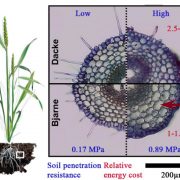
Burying your head in the sand: heading belowground to find future targets of selection in roots
Plant Physiology, Plant Physiology: News and Views, ResearchAuthor: Skelton, Robert Paul
[email protected]
Institution: Department of Integrative Biology, University of California Berkeley, Berkeley, CA, 94720.
Burying one’s head in the sand is usually synonymous with avoiding an issue, but in this volume of Plant Physiology Colombi et al. (2019)…
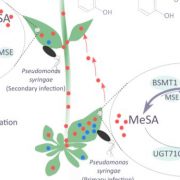
Keep sugar away to stay active: glycosylation of methyl salicylate shuts down systemic signaling
Plant Physiology, Plant Physiology: News and Views, ResearchPlant hormones are frequently modified by glycosylation, hydroxylation, methylation and other conjugations, and these modifications can alter the hormone’s activity and stability (Wang et al., 2019). The phytohormone salicylic acid orchestrates effective defense and mediates local and systemic-acquired…
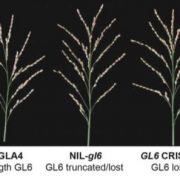
A rice transcription factor controls grain length through cell number
Plant Physiology, Plant Physiology: News and Views, ResearchProviding around 20% of global calories, rice (Oryza sativa) is one of the most important staple crops (Global Rice Science Partnership (GRiSP), 2013). With consumption particularly increasing in sub-Saharan Africa, the Middle East and Latin America, it is vital to increase rice yields to supply the…

